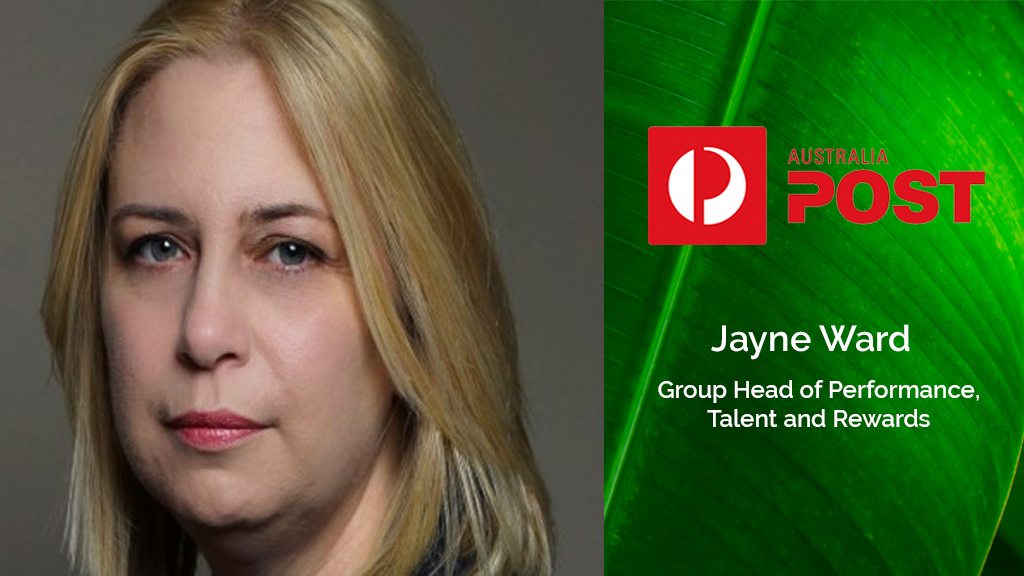Jayne Ward’s advice on The Elevator Pitch

“I think if that’s the only thing you do, it is being able to have that answer to “Who are you?”, and “What do you do?”, and to get it down pat. You can then get away from that discomfort when you meet new people of “What do I say?”. And you can move onto really building that relationship.”
Jayne Ward, Group Head of Performance, Talent and Rewards for Australia Post, came up with her own powerful approach to the “The Elevator Pitch” that can improve your communication skills in the workplace. In her podcast interview with the Editor-in-Chief of Wellbeing Magazine, Terry Robson, Ward teaches you how to deepen your relationships with colleagues of all levels. The Elevator Pitch will help you tell others “who you are and what you do” with meaning and conviction.
Jayne Ward is an international human resources specialist with experience in talent, performance, reward and corporate governance. She believes that creating an elevator pitch is a crucial part of your own personal branding experience. An elevator pitch is designed to give you confidence and the ability to express yourself authentically, especially during those high-pressured, unexpected moments (either at work or at a dinner party).
JW: An elevator pitch is when somebody asks you what you do and who you are, that you then know what to say. And you can sell yourself without going “blah” at them, because you’re on the spot and you can’t think. It’s about having that practice of I am who I am, and I am proud of who I am, and this is what I do, and being able to deliver and being articulate about it.
My piece on the elevator pitch actually came from a real experience with one of my team members who got in the lift with a board member. They came back and they were so excited they got in the lift, and so I asked them “When they asked you who you were and what you did what did you say?”, they said I work for Jayne’s Rem & Ben team and I just stopped and said you just missed a big opportunity, to tell a board member who you are and what you do. We have spent a lot of time now on it and if it happened again they would be straight in there and they’d be telling them confidently who they are and what they do!
TR: But having your elevator pitch it is not only an external thing to be able to tell others; it’s powerful for yourself to know who you are, what you want, where you are going…?”
JW: … And that’s the hard thing, working out what it and who you are and making it very meaningful and being genuine and authentic about it. You can’t just say words, you have got to mean them when you say it and feel them. So it takes time to work that through.
TR: I’m just pushing pause on the elevator. Here we are Jayne, you and I, we are in the elevator. Give me your pitch?
JW: My pitch is, I’m an international HR specialist and I specialise in the remuneration space, performance space, talent space, but I am also a corporate governance specialist.
TR: I’m impressed, but you had to develop that didn’t you?
JW: It took about a year to get to that point yes.
TR: It’s a really worthwhile thing for everyone, every employee. It’s a very worthwhile thing to do.”
JW: I think if that’s the only thing you do, is being able to have that answer to who are you and what do you do, and get it down pat. You can get away from when you meet new people that discomfort of what do I say? …And you can move onto really building that relationship.
TR: Useful thing for managers too though, to know the elevator pitch of the people they are managing?
JW: Definitely. I have worked with all my team to make sure and remind them how they are going with evolving their elevator pitch. Because it is not a static thing either it needs to keep evolving as you grow as well.
TR: Do you revisit it? Do you set times to revisit it?
JW: No I don’t set times. But because I am constantly using it, I am constantly refining it, because each situation I might refine it a little bit differently or tweak it a bit and think oh that worked better that way or this worked better that way in this situation. So it’s a constant evolution rather than a, oh I’m going to put time in in six months to see if I can revisit it. You’ve got to have it as a living and breathing thing.
TR: Yes and I guess there will be times if you are using it constantly where you realise, actually that’s not true anymore. That part of it, I am going to evolve that.
JW: Or it doesn’t work, or that word doesn’t work anymore, this better describes me now or I have added this to my portfolio skills or I want to add this in.
TR: Ok everybody develop your elevator pitch. Sit down. That’s your objective. In the next week you got to have it ready.



No Comments